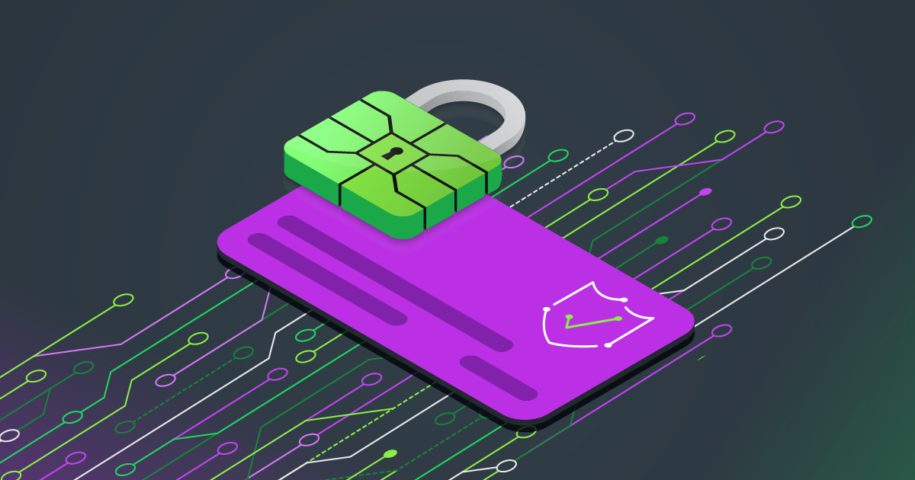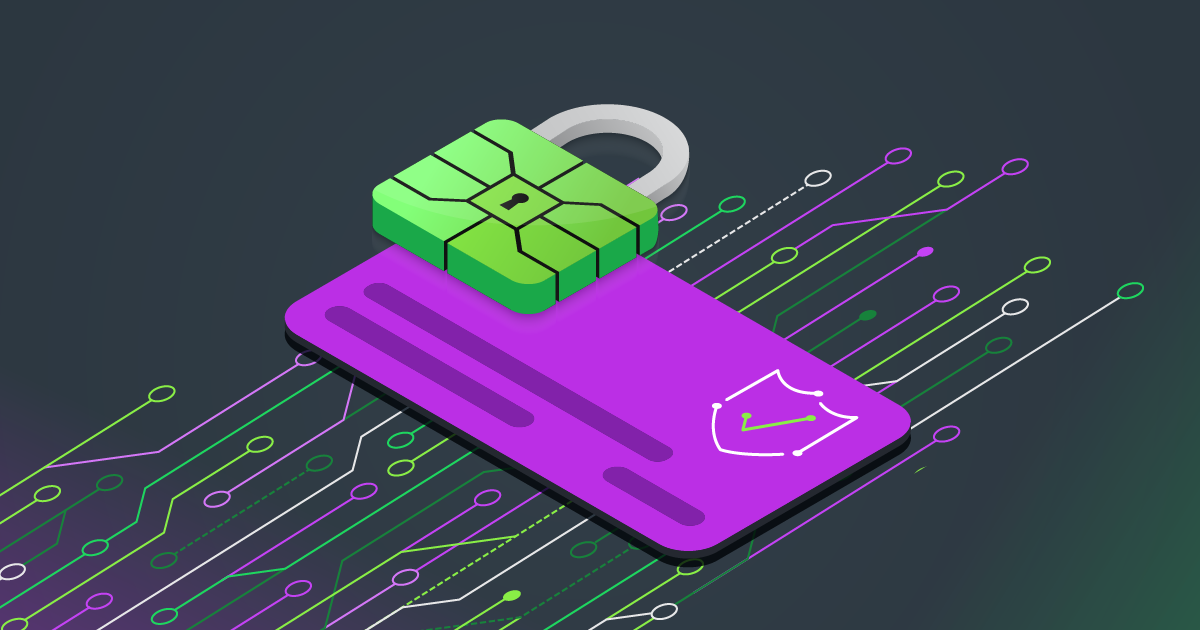What is PCI DSS 4.0?
The Payment Card Industry Data Security Standard (PCI DSS) is a globally recognized security framework established to safeguard payment card transactions and protect sensitive cardholder data. Initially introduced in 2004 by the Payment Card Industry Security Standards Council (PCI SSC), the standard has undergone several updates to keep pace with the evolving cybersecurity landscape. Each iteration aims to address emerging threats, improve risk management, and enhance compliance flexibility for organizations handling payment transactions.
PCI DSS 4.0 represents a significant evolution in security best practices, reflecting modern cybersecurity challenges and technological advancements. The latest version emphasizes a proactive approach to risk management, continuous security monitoring, and the adoption of stronger authentication measures. With cyber threats becoming more sophisticated, compliance with PCI DSS 4.0 is no longer just a regulatory obligation—it is a critical step in building trust with customers, protecting financial data, and maintaining a secure business environment.
For organizations that process, store, or transmit cardholder data, meeting PCI DSS 4.0 requirements is essential to reducing the risk of data breaches and avoiding hefty non-compliance penalties. By integrating security into software development and operational processes, businesses can not only achieve compliance but also enhance their overall security posture.
Best Practices for PCI DSS 4.0 Compliance
1. Shift Security Left in the SDLC
Embedding security early in the Software Development Lifecycle (SDLC) ensures vulnerabilities are identified and resolved before reaching production. PCI DSS 4.0 emphasizes ongoing security monitoring rather than one-time evaluations.
Leveraging tools like Revenera Code Insight helps incorporate security testing into the SDLC, covering proprietary code, open source libraries, and containerized environments. Automating vulnerability scans and dependency checks helps detect threats in real time and mitigate risks proactively. Revenera Code Insight automatically tracks vulnerabilities in proprietary code, open source dependencies, and infrastructure components, ensuring that teams receive timely notifications of any security risks.
2. Strengthen Authentication Measures
Access control is critical under PCI DSS 4.0 to prevent unauthorized data exposure.
Implementing multi-factor authentication (MFA) and enforcing stricter password policies enhances security. MFA adds an extra layer of security by requiring users to verify their identity using two or more authentication factors, such as a password combined with a one-time passcode or biometric verification. Regularly reviewing access permissions ensures that only authorized users have access to sensitive information, reducing the risk of credential-based attacks.
Organizations should also enforce strong password policies, including minimum complexity requirements, periodic password rotation, and detection of compromised credentials. Adopting passwordless authentication methods, such as public-key cryptography or hardware security keys, further strengthens defenses against phishing and credential stuffing attacks.
3. Foster a Security-First Culture
Security awareness is a key focus of PCI DSS 4.0, ensuring that all teams understand and follow secure coding and data protection practices. Regular training sessions help educate employees on potential risks and best practices.
Beyond formal training, organizations should cultivate a mindset where security is a shared responsibility across all departments. Security best practices should be integrated into daily workflows, from development and IT operations to customer support and compliance teams. Conducting simulated phishing exercises, red team assessments, and security awareness campaigns ensures that employees remain vigilant against evolving threats. Additionally, organizations should establish clear escalation paths for reporting security concerns, ensuring that potential risks are addressed before they become critical issues.
A security-first culture also means recognizing and rewarding employees who contribute to a secure environment. Implementing security champions within teams fosters collaboration between developers, security professionals, and compliance officers. By embedding security into the organizational DNA, companies can ensure that PCI DSS compliance is not just a checklist activity but a fundamental part of business operations.
4. Focus on Data Encryption and Secure Transmission
Protecting cardholder data begins with enforcing secure data handling and encryption techniques. Encryption plays a critical role in securing sensitive payment information, ensuring that data remains protected both in transit and at rest. Organizations must implement industry-approved encryption algorithms such as AES-256 for stored data and TLS 1.2+ for data in motion to prevent unauthorized access and interception.
Beyond encryption, businesses should also focus on enforcing secure transmission protocols, such as HTTPS, SSH, and VPNs, to safeguard payment transactions. This includes regularly updating certificates, configuring secure ciphers, and disabling outdated protocols to mitigate risks associated with man-in-the-middle (MITM) attacks.
PCI DSS 4.0: Next Steps
Staying compliant with PCI DSS 4.0 requires a proactive approach to security, with continuous monitoring, risk assessments, and secure development practices. By integrating Revenera Code Insight into your security strategy, you can automate compliance processes, detect vulnerabilities early, and ensure robust data protection.
As payment security evolves, businesses that prioritize compliance not only mitigate risks but also build stronger trust with customers and stakeholders. Investing in the right security tools and practices today will lead to a more secure and resilient future.
Ready to enhance your PCI DSS 4.0 compliance strategy? Learn more about how Revenera Code Insight can support your security initiatives today.



